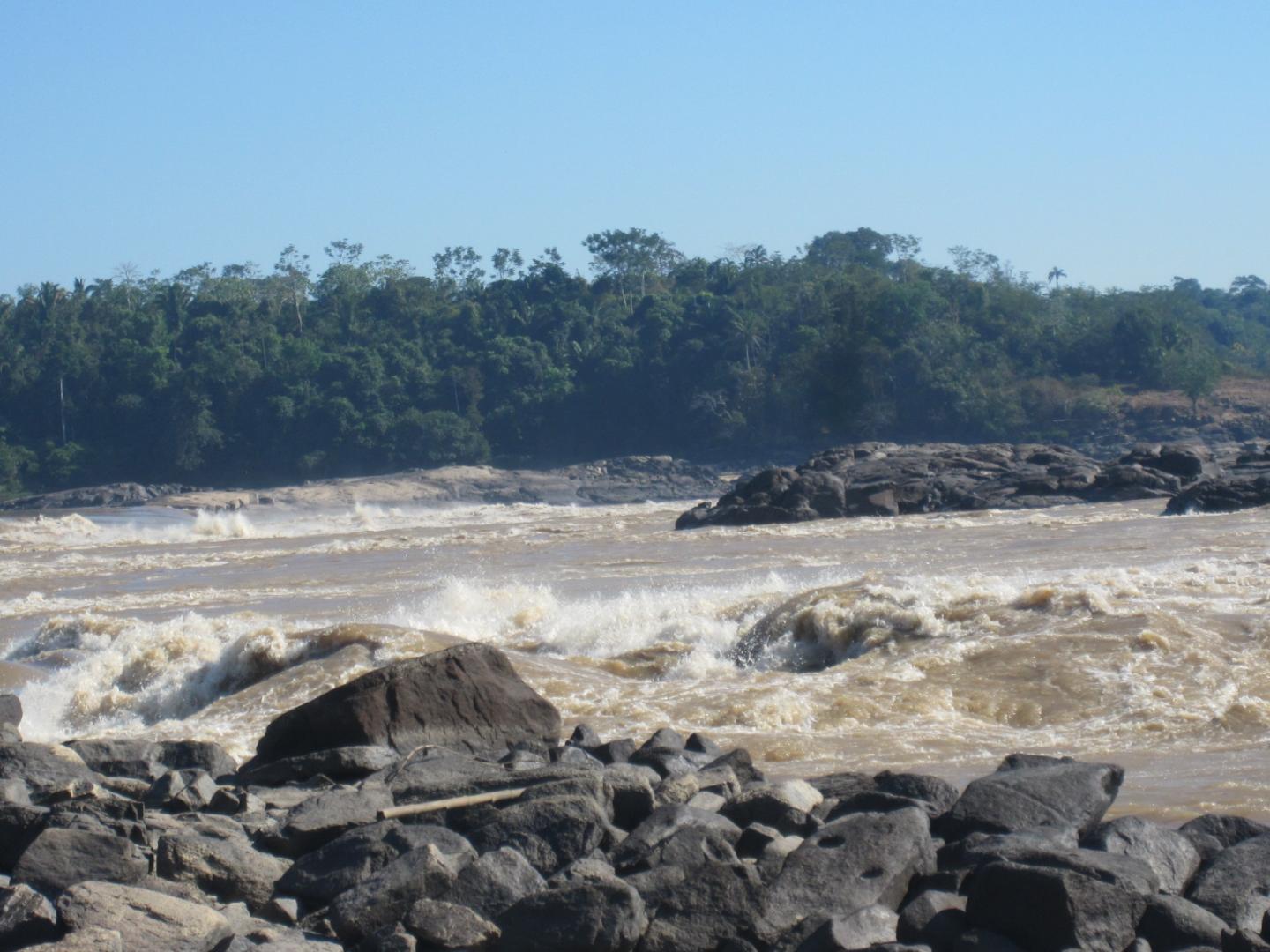Skip to comments.
Archeological Plant Remains Point to Southwest Amazonia as Crop Domestication Center
Popular Archaeology ^
| Wednesday, July 25, 2018
| PLoS ONE
Posted on 07/29/2018 3:42:07 PM PDT by SunkenCiv
Genetic analysis of plant species has long pointed to the lowlands of southwest Amazonia as a key region in the early history of plant domestication in the Americas, but systematic archaeological evidence to support this has been rare. The new evidence comes from recently-exposed layers of the Teotonio archaeological site, which has been described by researchers as a "microcosm of human occupation of the Upper Madeira [River]" because it preserves a nearly continuous record of human cultures going back approximately 9,000 years.
In this study, Watling and colleagues analyzed the remains of seeds, phytoliths, and other plant materials in the most ancient soils of the site as well as on artifacts used for processing food. They found some of the earliest evidence of cultivated manioc, a crop which geneticists say was domesticated here over 8,000 years ago, as well as squash, beans, and perhaps calathea, and important tree crops such as palms and Brazil nut. They also saw evidence of disturbed forest and a soil type called "Anthropogenic Dark Earths" which both result from human alteration of local environments.
These findings suggest that the people of this region transitioned from early hunter-gatherer lifestyles to cultivating crops before 6,000 years ago, much earlier than previously thought.
(Excerpt) Read more at popular-archaeology.com ...
TOPICS: History; Science; Travel
KEYWORDS: agriculture; amazon; amazonia; animalhusbandry; annaroosevelt; beans; brazilnut; calathea; dietandcuisine; godsgravesglyphs; helixmakemineadouble; huntergatherers; madeirariver; manioc; palms; phytoliths; precolumbianamazon; seeds; slashandburn; squash; teotonio; terrapreta
The authors believe that the Teotonio waterfall is what attracted people to this location for over 9,000 years, as it was an extremely rich fishing location and an obligatory stopping point for people traveling by boat on this stretch of the Madeira river. It was the location of a fishing village (the village of Teotonio) until 2011, when residents were forced to move inland ahead of dam construction. The dam submersed the village and the waterfall. Eduardo Neves, 2011

1
posted on
07/29/2018 3:42:07 PM PDT
by
SunkenCiv
To: StayAt HomeMother; Ernest_at_the_Beach; 1ofmanyfree; 21twelve; 24Karet; 2ndDivisionVet; 31R1O; ...
2
posted on
07/29/2018 3:48:12 PM PDT
by
SunkenCiv
(www.tapatalk.com/groups/godsgravesglyphs/, forum.darwincentral.org, www.gopbriefingroom.com)
To: SunkenCiv
there’s a lot of this kind research on display Charles Mann’s great book called 1491 about pre-Columbian america.
3
posted on
07/29/2018 4:05:19 PM PDT
by
ckilmer
(q e)
To: SunkenCiv
“Anthropogenic Dark Earths”.
I am trying to make this for my garden beds.
I have two 20 pound bags of organic lump charcoal that I will add to rotting leaves and soil in a compost pile.
4
posted on
07/29/2018 4:12:22 PM PDT
by
Alas Babylon!
(MAGAMarchOnWashington.com)
To: Alas Babylon!
5
posted on
07/29/2018 4:17:31 PM PDT
by
Sawdring
To: SunkenCiv
6
posted on
07/29/2018 4:30:24 PM PDT
by
BenLurkin
(The above is not a statement of fact. It is either satire or opinion. Or both.)
To: Sawdring
7
posted on
07/29/2018 5:19:43 PM PDT
by
Alas Babylon!
(MAGAMarchOnWashington.com)
To: Alas Babylon!
Thanks, I’m going to look into it!
8
posted on
07/29/2018 6:02:02 PM PDT
by
Sawdring
To: ckilmer; BenLurkin; Alas Babylon!; Sawdring
9
posted on
07/29/2018 10:29:27 PM PDT
by
SunkenCiv
(www.tapatalk.com/groups/godsgravesglyphs/, forum.darwincentral.org, www.gopbriefingroom.com)
Those three keywords, sorted, duplicates out, some garbage topics out:
10
posted on
07/29/2018 10:32:18 PM PDT
by
SunkenCiv
(www.tapatalk.com/groups/godsgravesglyphs/, forum.darwincentral.org, www.gopbriefingroom.com)
To: Alas Babylon!; SunkenCiv
11
posted on
07/30/2018 10:20:56 AM PDT
by
blam
Disclaimer:
Opinions posted on Free Republic are those of the individual
posters and do not necessarily represent the opinion of Free Republic or its
management. All materials posted herein are protected by copyright law and the
exemption for fair use of copyrighted works.
FreeRepublic.com is powered by software copyright 2000-2008 John Robinson

